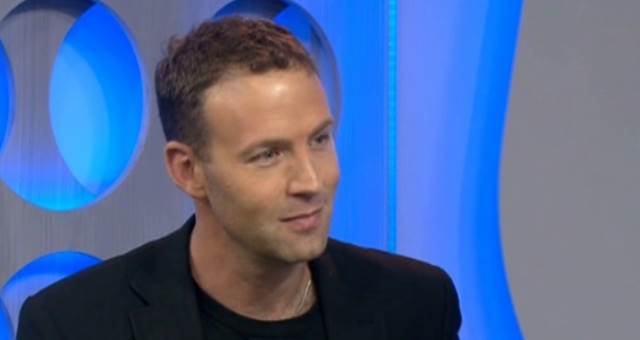
Spice caught up with motivation expert Gavin Freeman about what gets people moving.
Not a day goes by that you avoid seeing another one of those silly motivational quotes attached to cute picture of someone gazing over a rainforest.
Occasionally we are moved enough to tap the ‘like’ button but I question whether we have ever had an earth moving experience in which the words on the picture jump out so hard that they knock us off our feet and onto a new pathway that is profoundly different to one we are currently on.
The reason they don’t work is simple; the words on the page talk to our cognitive/logical brain and not to our emotional brain. This means that the while the statement may make logical sense, I am not emotionally invested and am therefore unlikely to do anything about it.
Our emotional brain has no propensity for language, it simply feels, while our cognitive brain tries to kick in an provide an explanation to the situation (we often refer to this as the features and benefits).
Here is another way of thinking about it – most car sales people will try and sell you a car based on the features and benefits of the vehicle. While you may think these factors are swaying you to make a decision, the reality is that you select the car based on one simple fact – it feels right.
Don’t get me wrong; the chance of buying a sports car when you need an SUV is slim but comparing the latest BMW to the Lexus will have little to do with features and more to do with your emotions.
So back to those pesky photos – our motivations to achieve a goal should be considered on a continuum. The motivational continuum mindset suggests we are either motivated to succeed (MTS) or motivated to avoid failure (MAF). My book ‘Just Stop Motivating Me’ explores this concept and suggests that we are more successful when we see failure as a stepping stone to future success (MTS), rather than viewing failure as threat to our ego and psyche.
So the next time you set your mind on achieving a goal, ignore the silly photos and channel your energy into ensuring you have the appropriate level of accountability to achieve the goal, that you learn from your mistakes (but aim to make them quickly and cheaply), and finally use behavioural strategies instead of cognitive ones (difference between saying you will get up early for a run versus placing an alarm clock on the other side of the room forcing you to get up).





